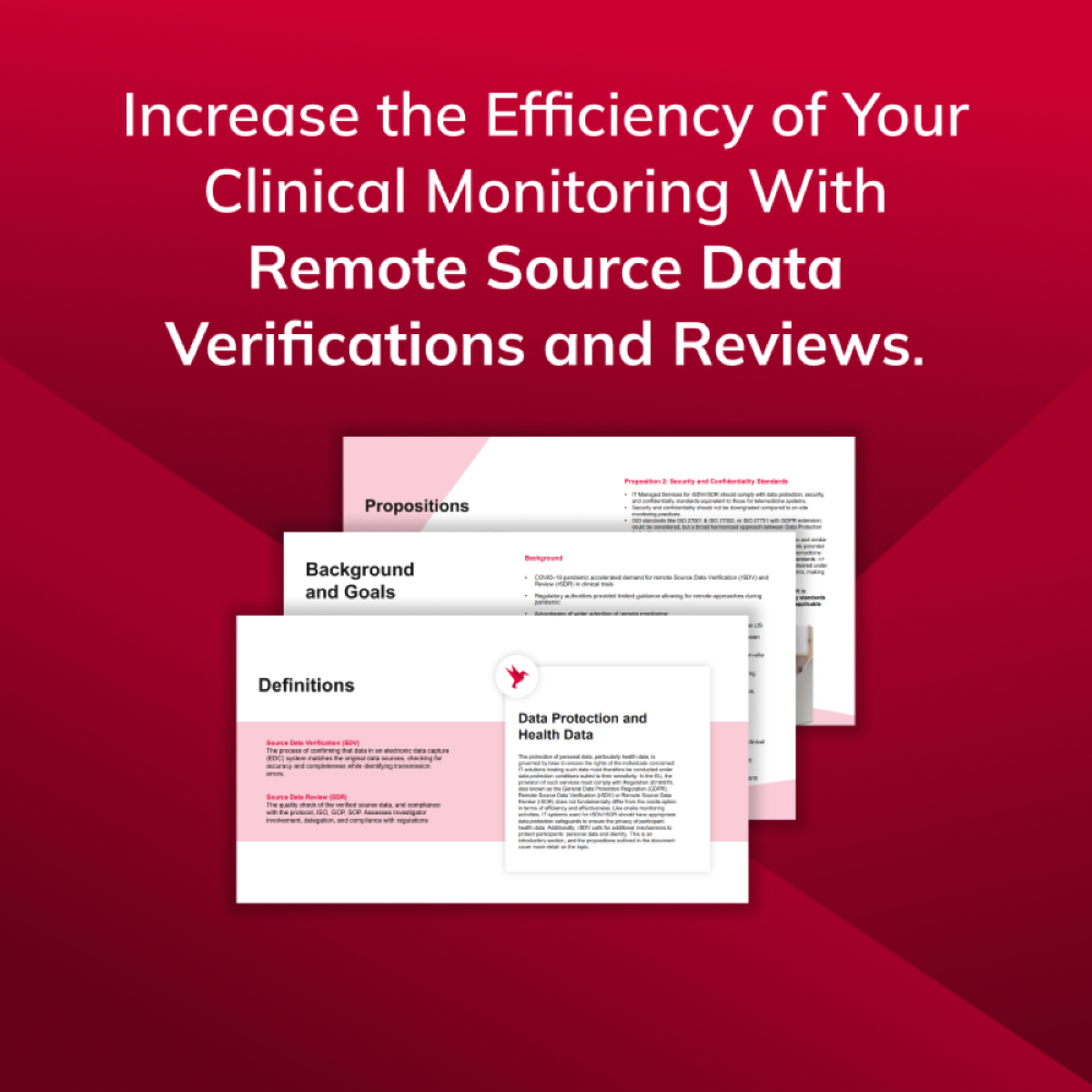DCT: How diabetes studies benefit from digitalization
Published: 05.26.2021
For diabetes patients, constantly measuring blood glucose and collecting health data is part of everyday life. New digital technologies provide deeper insights into patient health and create added value for data collection in DCT clinical trials and digital clinical trials.
Patient Apps: Digital Patient Diary for DCT Clinical Trials
Diabetes patients need to monitor physical activity and diet, as these influence blood sugar and insulin levels. Using a patient app, participants can document meals and physical activity. Like a diary, they record daily well-being and symptoms such as fatigue, weakness, or vision disturbances.
Apps of this kind are increasingly being used in decentralized clinical trials (DCTs). They facilitate data collection, allowing participants to enter information directly via their mobile devices. Additionally, digital clinical trials become more engaging for participants by incorporating gamification elements, presenting playful challenges in daily tasks.
This motivates participants in digital clinical trials and ensures regular engagement. The app not only supports adherence to health plans but also increases data frequency. Data collection is customizable—whether weekly or daily—the app provides participants with licensed, study-specific questionnaires. Visits to clinical sites are reduced, as the app continuously measures health status and quality of life, linking data to daily behavior.
White Paper
Integrating Wearables: Enhancing Data Collection in DCT Clinical Trials
Manually recording values from blood glucose meters or tracking diet and exercise can be time-consuming. To streamline data collection in DCT clinical trials, these wearables can be integrated in patient apps. Smartwatches with built-in fitness trackers measure step count, exercise duration, and calorie consumption.
Additionally, blood glucose meters and insulin pumps can be connected to the app. These devices are essential for type 1 diabetics managing fluctuating blood sugar levels. The following health variables are monitored:
-
Glucose levels
-
Carbohydrate intake
-
HbA1c
-
Insulin
-
Triglycerides
-
C-peptides
A technology that is long overdue in being integrated in DCTs for remote data collection. Doctors use this real-time health data to make informed therapy decisions regarding medication, diet, or exercise. Integrating real-time data with treatment plans helps assess patient responses to interventions.
Targeted data collection maximizes the benefits of decentralized clinical trials. Similar to electronic questionnaires, connected devices can be customized for each study, ensuring only relevant data is gathered to enhance trial results.
Medical Devices and Apps in Digital Clinical Trials: Advancing Diabetes Research
The integration of mobile technologies from the medical sector provides more precise data collection in digital clinical trials. For example, temperature sensor technology can be used to monitor foot temperature in diabetes patients regularly and remotely.
Nerve damage and circulatory issues make wound healing more challenging, leading to potential complications. If untreated, small injuries can escalate into ulcers or septic conditions. Regular, high-sensitivity temperature measurements can prevent such complications by detecting circulatory disorders and early signs of inflammation weeks before a healthcare provider would typically identify them.
New digital technologies complement clinical expertise and offer innovative solutions for data collection and analysis in digital clinical trials. Participants gain better insights into their health progression, helping them identify potential complications or worsening conditions between regular check-ups and self-monitoring.
DCT clinical trials and digital clinical trials provide enhanced access to healthcare research, utilizing decentralized methods and mobile technologies to improve study execution and patient engagement.
Would you like to learn more about decentralized approaches in other indications? Learn here how DCT is used in pulmonology research

